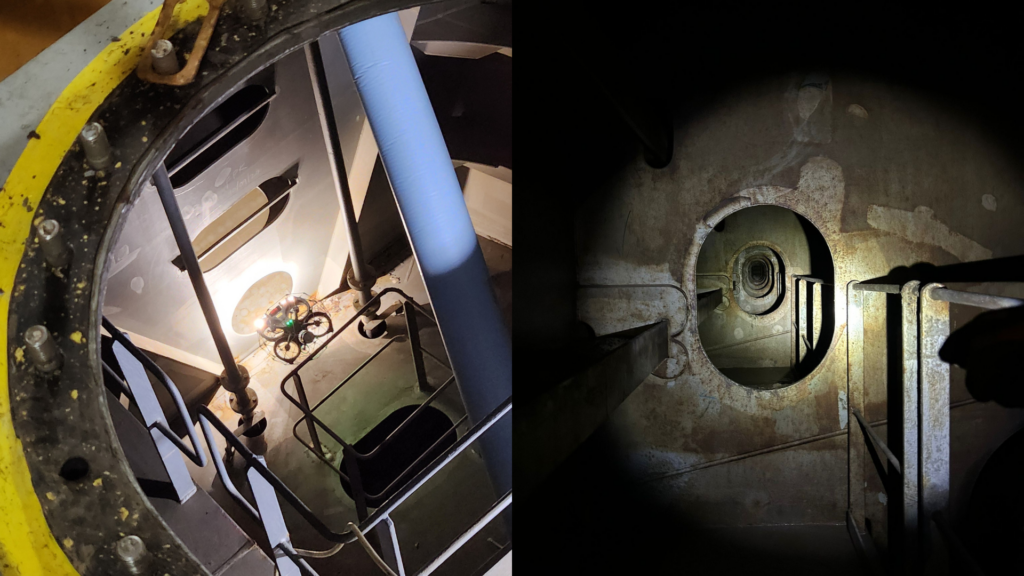Background
Ballast tanks are essential compartments in ships and other floating structures, designed to hold water for maintaining vessel stability. By adjusting the amount of water in these tanks, the ship’s buoyancy, trim, and draft can be controlled. The addition of weight from ballast tanks ensures the vessel remains stable and seaworthy.
Corrosion within these tanks is a significant concern due to prolonged exposure to seawater, making regular inspections critical to maintaining their structural integrity. Traditionally, these inspections require manual entry by an inspector, who must physically enter the tanks to visually identify any potential issues.
Accessing confined spaces is a physically demanding and hazardous task, often involving tight entry points and the risk of asphyxiation.
The Elios 3 Confined Space Drone offers a safer and more efficient alternative to manual inspections by eliminating the need for human entry into ballast tanks. The Elios 3 is specifically engineered to operate in GPS-denied environments, providing stable flight in confined spaces. Its design allows for direct contact with structures, enabling it to navigate through narrow and challenging access points. Equipped with an onboard LiDAR system, the drone creates real-time 3D maps of its surroundings, enhancing situational awareness for the operator. Additionally, the system allows for the tagging of defects or points of interest (POIs) with their precise locations on the 3D map.

Benefits of using the ELIOS 3
- Safety; Drone Operator does not need to enter ballast tank
- Speed; Does not require ventilation of ballast tank since no man-entry
- Ease of deployment
- Frequency of Inspection
- 3D visualisation and Repeatability

Summary of Inspection
This Proof-of-Concept (POC) inspection was carried out on the fore-peak ballast tank of a vessel in dry dock. The operator, positioned on the upper deck, utilised the Elios 3 to navigate to the lowest deck, effectively mapping the interior of the fore-peak while conducting a thorough visual inspection.
The entire inspection was completed in just two flights. The Asset Management feature within the Inspector 5 software, bundled with the Elios 3, allows for the seamless integration of 3D maps from both flights, generating a unified and detailed 3D model of the fore-peak. This map provides precise localisation of any identified defects or points of interest (POIs) during the inspection.
Q&A
Click edit button to change this text. Lorem ipsum dolor sit amet, consectetur adipiscing elit. Ut elit tellus, luctus nec ullamcorper mattis, pulvinar dapibus leo.
Click edit button to change this text. Lorem ipsum dolor sit amet, consectetur adipiscing elit. Ut elit tellus, luctus nec ullamcorper mattis, pulvinar dapibus leo.
Click edit button to change this text. Lorem ipsum dolor sit amet, consectetur adipiscing elit. Ut elit tellus, luctus nec ullamcorper mattis, pulvinar dapibus leo.
Click edit button to change this text. Lorem ipsum dolor sit amet, consectetur adipiscing elit. Ut elit tellus, luctus nec ullamcorper mattis, pulvinar dapibus leo.
Click edit button to change this text. Lorem ipsum dolor sit amet, consectetur adipiscing elit. Ut elit tellus, luctus nec ullamcorper mattis, pulvinar dapibus leo.


